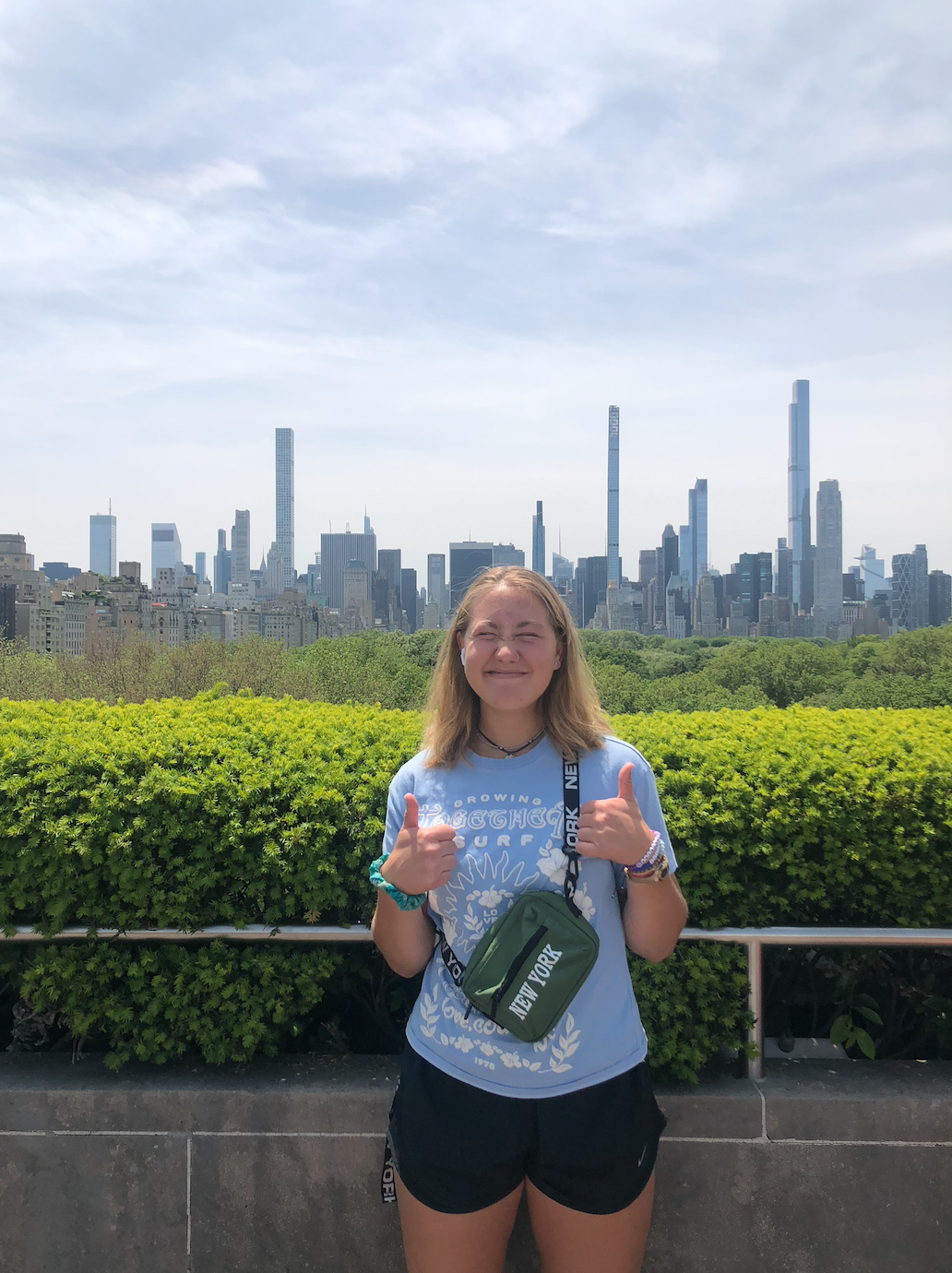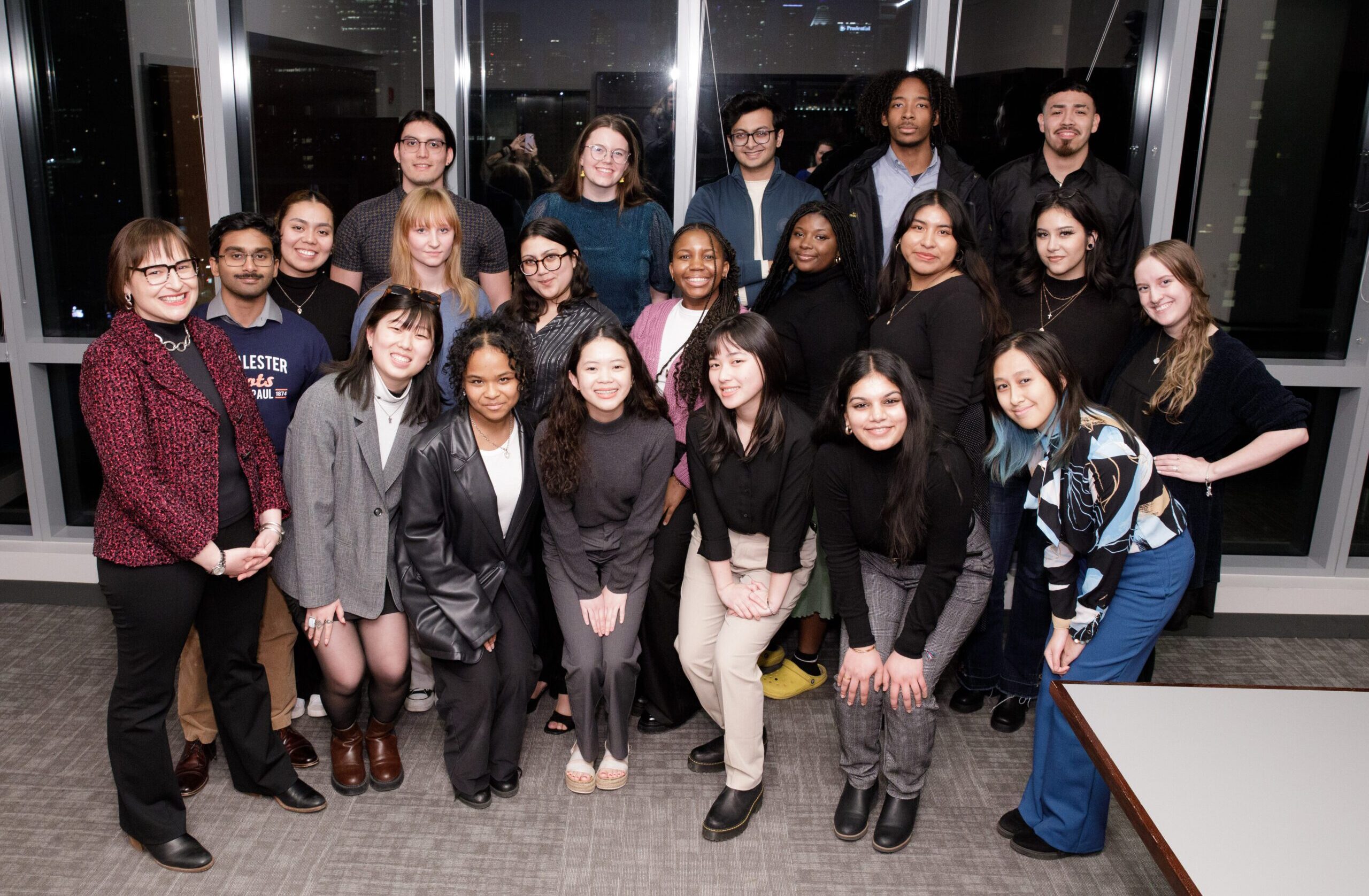How have the forces of nature – from devastating volcanoes to rugged mountains to fertile valleys – shaped human societies and cultures, and how have people, in turn, sought to manage their surrounding environment?
This past summer, 15 ACM college faculty spent ten days in Italy engaged in an intensive, multidisciplinary seminar that explored the interplay between people and the natural world, through the millennia spanning the Classical to Renaissance to modern periods.
Mediterranean Trivium: Earth, Sea, and Culture in Italy is the second in the series of ACM’s Seminars in Advanced Interdisciplinary Learning (SAIL), designed to immerse faculty in settings that encourage multiple perspectives and collaboration across disciplines. SAIL is supported by the Andrew W. Mellon Foundation.
The goal of each seminar – which could be described as a version of off-campus study for faculty – is to provide models, content, and structure that will prepare the participants to develop innovative new courses, sequences, modules, or faculty collaborations geared towards juniors and seniors on their home campuses.
On March 21-22, the Mediterranean Trivium group – three-person, interdisciplinary teams from Colorado, Carleton, Coe, Luther, and St. Olaf Colleges – will meet in Chicago to share the curricular materials they’ve been working on since they were together in Italy and to tackle some larger questions about multidisciplinary teaching and learning.
The workshop is being organized by the seminar’s leadership team of three Colorado College professors: historian Susan Ashley, geologist Christine Siddoway, and classicist Sanjaya Thakur.
“We had the on-site seminar in Italy during the summer, which I think was highly successful,” said Thakur. “Our focus now is really to move forward and expand. What have we learned so far? What can we tell others? Can we come out of this experience with some best practices that can be shared more broadly?”
The workshop will include four main sessions:
- Updates – The five faculty teams will give overviews of their curricular projects, which they will complete over the next couple of months.
- Adapting modules for other courses and settings – How have participants adapted some of the experiences and lessons from the on-site seminar in creating their own curricular projects? What advice can the group give to other faculty about adapting a course module, an interdisciplinary exercise, or a case study?
- Expectations and realities for multidisciplinary work by students – What are best practices for teaching interdisciplinary material and preparing students for multidisciplinary learning?
- Assessment – The group will work toward creating an assessment tool, such as a rubric, which can broadly be used to assess learning outcomes for multidisciplinary modules and courses.
Among the five teams in the seminar, said Thakur, the faculty are working on a wide range course modules and approaches to multidisciplinary curricula. “We’ll not only be incorporating what people have done, but [also] asking them the next set of questions about multidisciplinary teaching and learning, and that’s the exciting part.”
Developing assessment tools, for example, is required for all of the projects, but the group plans to look for ways to broaden the scope of assessment beyond the individual modules or courses, according to Thakur. “Are there some general learning outcomes we can identify? Are there some general ways we can go about assessing something in a multidisciplinary setting? I think [such assessment tools] could be very useful,” he said, “not only for people who are interested in doing something similar to what we have done, but really for any course that has multidisciplinary components.”
“The concept of teaching in a multidisciplinary fashion is something that we want to bring to our campuses and to our educational communities and to have it spread,” Thakur concluded. “Where can we see [multidisciplinary teaching and learning] more broadly in our curricula?”
Links:








